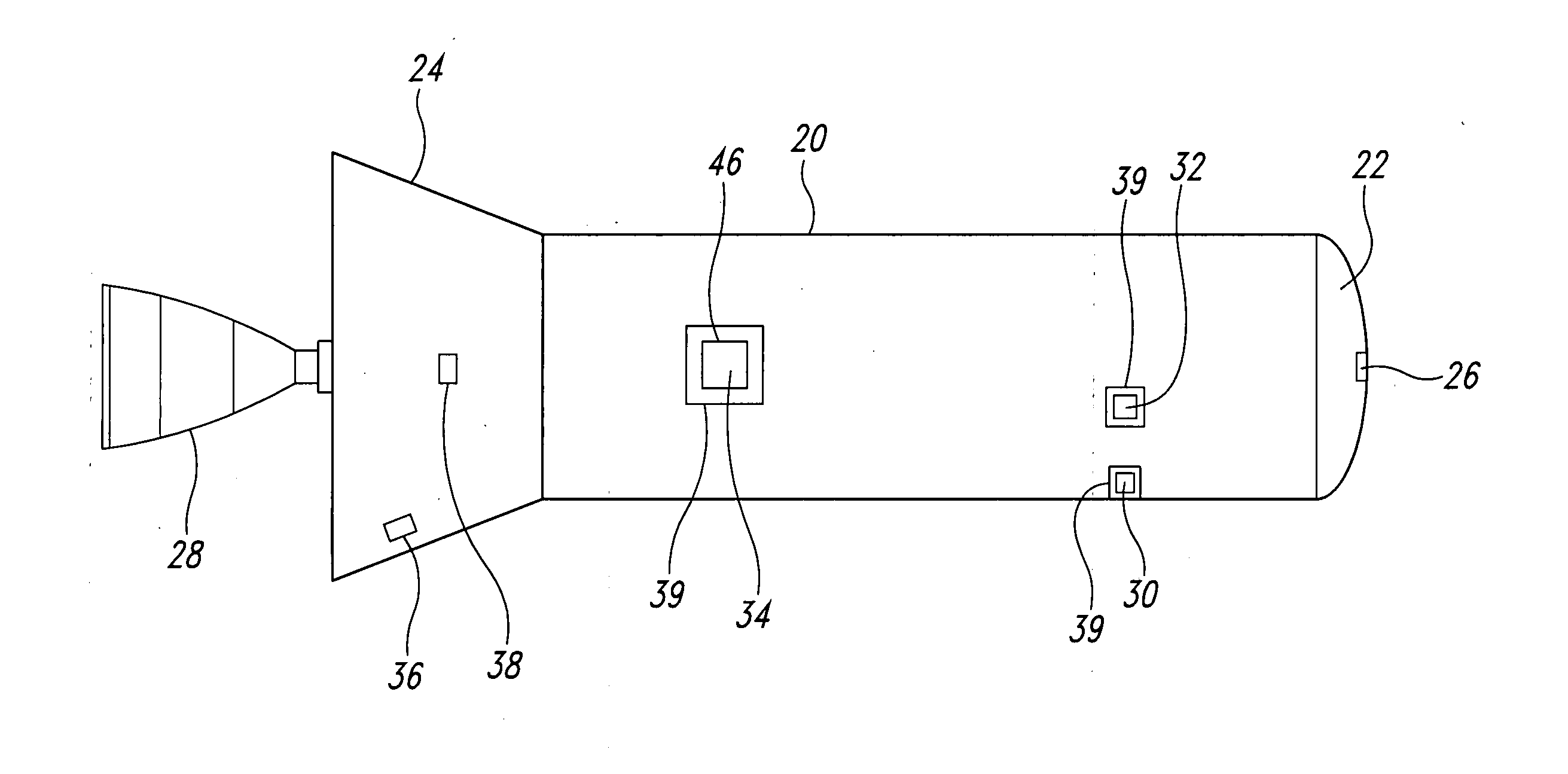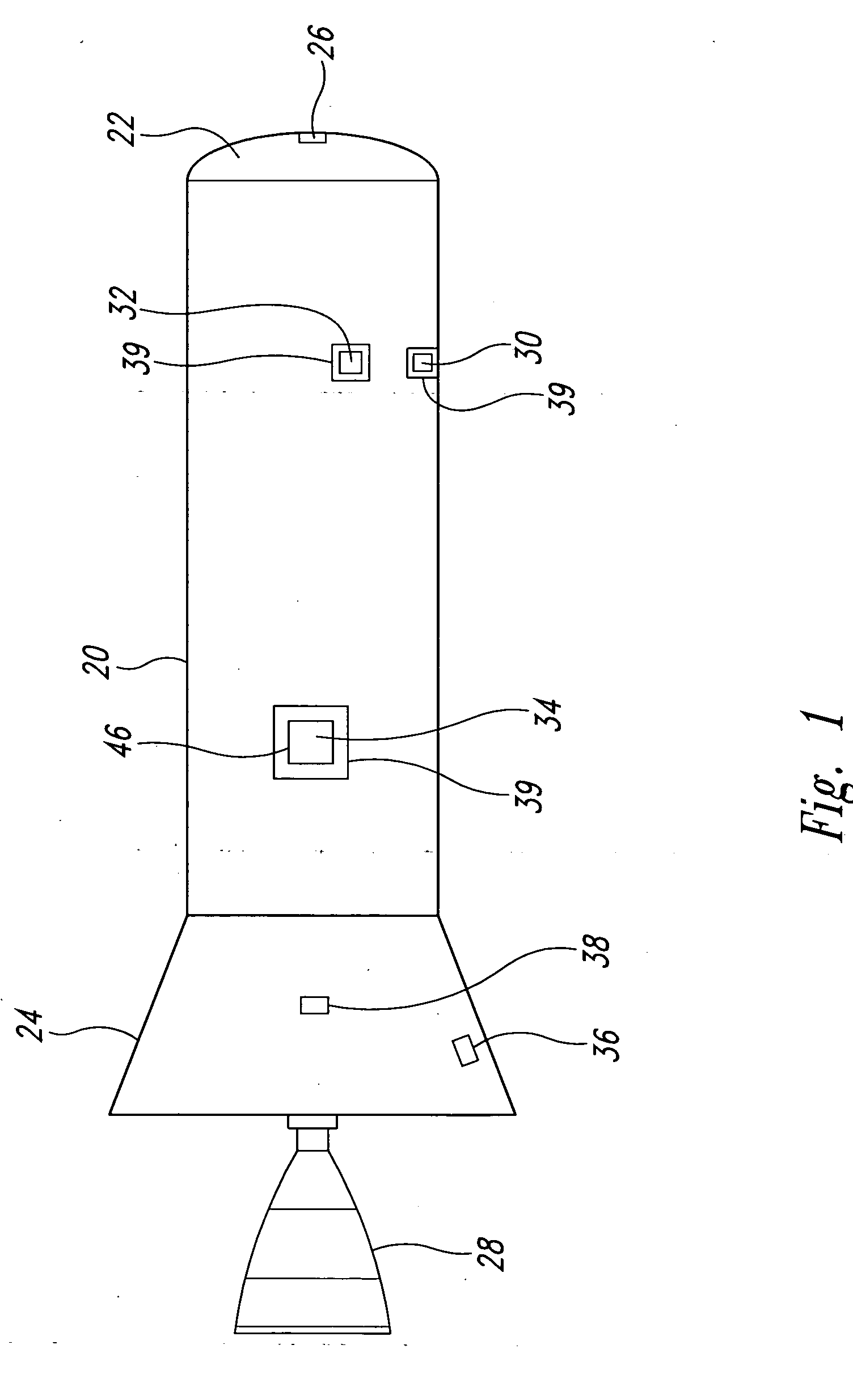Method for use of external secondary payloads
a payload and secondary technology, applied in the field of transporting external test experiments, can solve the problems of high cost of individual operations required to transport cargo to orbit, high hardware consumption, and high cost of cargo transportation to spa
- Summary
- Abstract
- Description
- Claims
- Application Information
AI Technical Summary
Benefits of technology
Problems solved by technology
Method used
Image
Examples
experiment integration facilities
Integration facilities required by experiment support crews vary on a case-by-case basis on other reusable launch vehicles. As a baseline approach, the example. Kistler K-1 will set aside space in its vehicle processing facility (VPF) for use by the experiment's support crew as required. Kistler's K-1 example approach to SLI experiments is to integrate them as part of the normal maintenance and refurbishment process of the K-1 stages.
Therefore, placing the experimenter's support facilities in the Vehicle Processing Facility (VPF) will facilitate experiment integration into the K-1, which is refurbished and maintained in the same room. If required, Kistler can segregate the experimenter's area within the VPF, or provide a separate facility outside the VPF for use by experimenters. If clean facilities are required, Kistler can also provide the experiment support crew with a payload station in its PPF. The availability of the payload station is subject to coordination with Kistler's...
example 1
Passive Experiment Mounting Footprints
Six footprints are available to mount Passive Experiments on the outside of the K-1 Orbital Vehicle (OV). These footprints are attached to the exterior of the vehicle. Kistler's approach for passive experiments is to replace existing K-1 hardware (access panels, doors, tile, or blanket parts) with experiments mounted on Carrier Plates or bonded directly to the K-1 structure.
example 2
Passive Stowage with Active Re-Entry Environment Exposure
Commercial service includes the stowage of an experiment in the aft flare volume of the launch vehicle out of the re-entry slip stream and the ability to introduce the movable arm tip upon command or other control into the re-entry slip stream during the re-entry phase of the re-entry trajectory.
PUM
 Login to View More
Login to View More Abstract
Description
Claims
Application Information
 Login to View More
Login to View More - R&D
- Intellectual Property
- Life Sciences
- Materials
- Tech Scout
- Unparalleled Data Quality
- Higher Quality Content
- 60% Fewer Hallucinations
Browse by: Latest US Patents, China's latest patents, Technical Efficacy Thesaurus, Application Domain, Technology Topic, Popular Technical Reports.
© 2025 PatSnap. All rights reserved.Legal|Privacy policy|Modern Slavery Act Transparency Statement|Sitemap|About US| Contact US: help@patsnap.com



